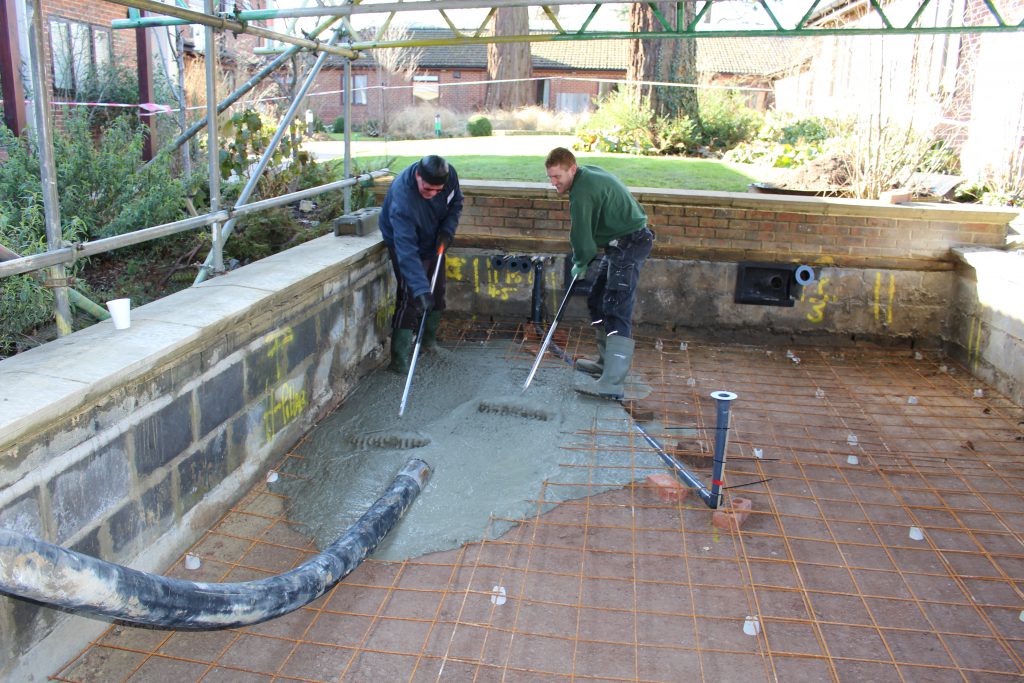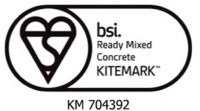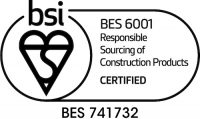Building a shed or outbuilding can be a daunting task for someone that’s new to DIY and construction in general, which is why the EasyMix team decided to write a quick guide on the most important part of the build: the foundations. So let’s get right into it!

Initial things to consider
Before you start thinking about what sort of foundations you’re going to use for your shed or outbuilding, you need to take note of a few things:
- Soil: The type of soil your foundation sits on is important because it needs to be able to take the load. Another important consideration is that different types of soil react differently to variations in moisture, so certain soil types will expand and contract more throughout the seasons than others, and this will affect your foundations. The most common soil types found here in the UK are rock, chalk, sand, gravel and clay.
- Nearby trees: Given that the soil will react to changes in moisture, you have to consider that nearby trees will be drawing moisture away from the ground. So, if you can’t move the site further away from the tree, you will need to alter the depth of the foundation in response to this. If there are in fact nearby trees and your garden is a clay soil area, the foundations will need to be significantly deeper.
Concrete slab base
A concrete slab base is a very sturdy and reliable foundation option for an outbuilding, and will work for both a medium-sized shed all the way up to a large garden room. It’s the premier choice if you really want peace of mind. However, one of the biggest drawbacks of a concrete slab foundation is that it can be the most expensive option.
With this in mind, we would recommend that you choose your concrete supplier carefully. Here at EasyMix, we’ve helped homeowners all over London create foundations for outbuildings by offering swift service and excellent value for money. So give us a call if you’re interested!
Strip foundations
Strip foundations are great because they are a simpler, less heavy and less expensive foundation option than a concrete slab base. They can be used for various sizes of garden building, assuming the ground isn’t sloped, and they are also easy to remove if you decide to alter the outbuilding in the future.
There are three different types of strip foundation:
- Deep strip: This is where the strips need to be at a lower level in order to actually hit the soil that has the right load-bearing capability.
- Wide strip: If the only soil available has poor load-bearing capability, then wide strips help spread the load out as much as possible.
- Offset strip: This sort of strip foundation is used when the new building site is actually connected to an existing building.
Paving
For small to medium-sized sheds or outbuildings, paving slabs will certainly do the trick and save you a bit of money too. They are easy to lay, relatively cheap to purchase and can look great too, so they really cover all the bases (pun intended).
If you’re in need of some concrete for your new shed or outbuilding but you’re not sure who to turn to, choose EasyMix. As London’s favourite concrete supplier, you can count on us to always get the job done right. Contact us today for more information.



